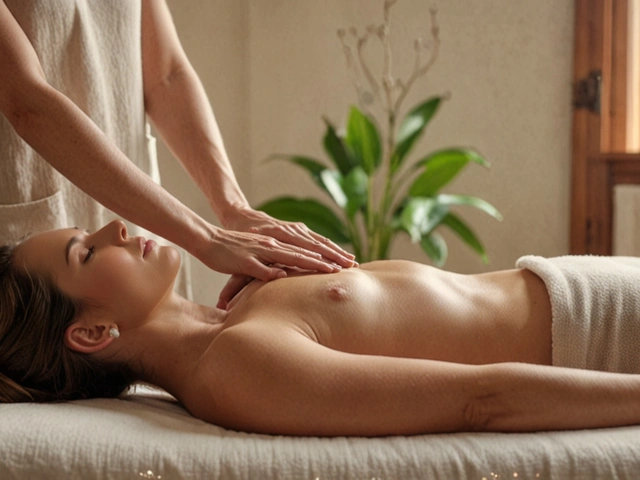Performance Enhancement for Dogs: Simple, Real Ways to Improve Recovery and Endurance
Want your dog to run longer, bounce back faster, or stay sharper during training? Start with small, everyday moves that make a big difference. Performance isn’t just about speed—it's about recovery, joint health, energy, and how well your dog handles stress from training or competition.
First, think recovery. Dogs that train hard need targeted recovery like athletes. Short cool-down walks after intense play and gentle stretching help reduce stiffness. Regular sports-style massage—long glides along muscles and light kneading—improves circulation and relaxes tense spots. You don’t need to be an expert: a 10-minute routine after exercise, two to three times a week, adds up.
Nutrition and Supplements That Actually Help
What you feed matters. Balanced meals with the right protein, healthy fats, and vitamins support muscle repair and stamina. Omega-3 fatty acids stand out: they cut inflammation and support joint health. Add fish oil or omega-rich foods as your vet recommends. Also keep hydration simple—fresh water before, during, and after workouts prevents early fatigue.
Timing counts. Feed a full meal two to three hours before heavy exercise to avoid discomfort. Light snacks or a small mix of protein and carbs 30–60 minutes before activity can give a quick energy boost without a belly full of food.
Training Habits to Build Real Endurance
Progress slowly. Increase distance or intensity by about 10% a week to avoid overload. Mix steady, longer efforts with shorter, harder bursts to build aerobic and anaerobic fitness. Include low-impact cross-training—swimming or controlled treadmill sessions—to strengthen the heart and reduce joint stress.
Warm-ups matter. Five minutes of brisk walking and play before intense work raises body temperature and reduces injury risk. Finish sessions with calm, low-effort activity to help muscles clear waste products and start repairing.
Watch the signals. Limping, reduced appetite, heavy panting far after exercise, or lethargy are red flags. Track sleep, mood, and performance—sudden changes usually show up here first. If something feels off, pause training and check with your vet.
Tools like basic heart-rate monitors for dogs or simple observation of breathing and gait can tell you when to push and when to rest. Biofeedback tech for dogs is emerging, but for most owners, clear signs and a consistent routine work best.
Performance enhancement is steady work, not a quick fix. Combine smart training, targeted recovery (massage, cool-downs), good nutrition, and regular check-ins with your vet. Do that and your dog will get stronger, recover faster, and enjoy training more—so will you.

Sports Massage: A Key Component in Athletic Success
As an avid sports enthusiast and blogger, I can't stress enough how much sports massage contributes to athletic success. This post will delve into the significance of sports massage in enhancing athletic performance. We’ll touch on its benefits, techniques, and its crucial role in injury prevention and recovery. This is a must-read for every athlete or anyone involved in any strenuous physical activity.

Discover the Power of a Healthy Diet
Mar, 26 2025

The Science Behind Eating a Healthy Breakfast
Aug, 14 2023


